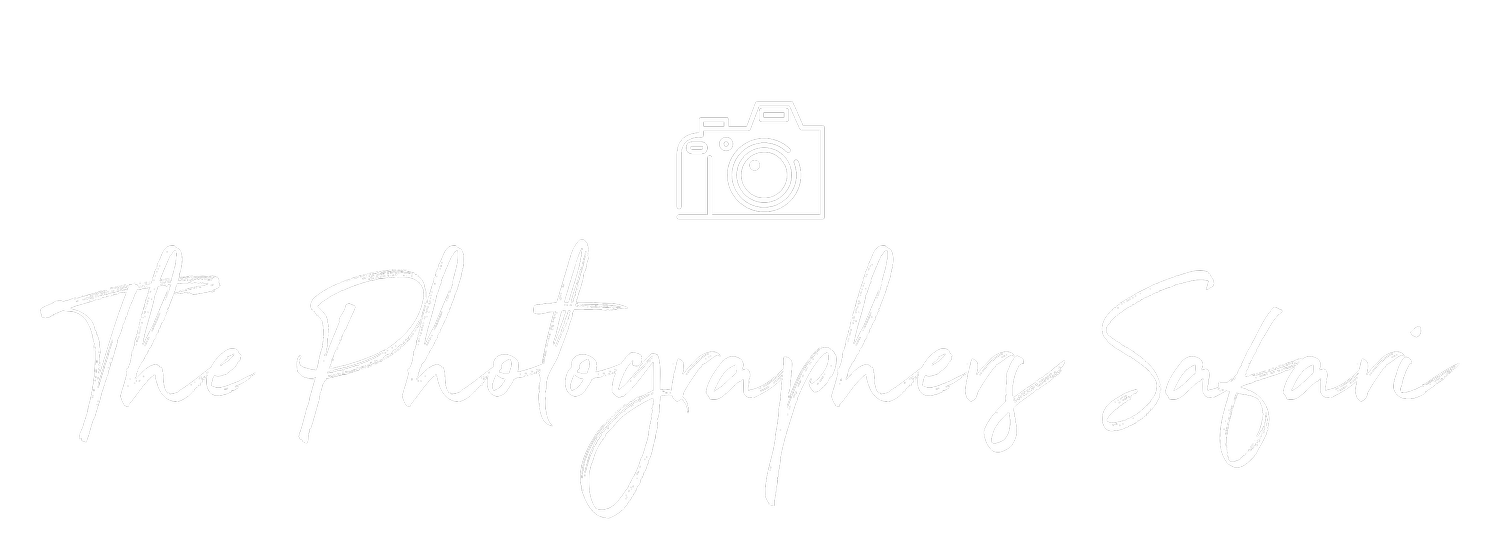How To Take The Best Safari Images - Tips From a Professional Safari Photographer
Whether you're a beginner wildlife photographer or an advanced photographer looking to refine your skills, there is always room to improve your safari photography and create better images.
We’ve combined our years of experience in the field and come up with the best African safari photography tips, settings, and editing advice to help you create your best African safari pictures yet.
Why Safari Photography Is Different
Safari images really are different from any other type of photography; there are many different variables at play when shooting in the field, which can affect the quality of your images.
Wildlife moves very fast, light conditions aren’t always favourable, and shooting from a vehicle can also make this type of photography more complicated.
This is where knowing your camera well and being prepared pays off. You only have a few seconds to react when taking a photo; there aren’t any do-overs in the wild!
The Best Safari Photography Settings
There are no best fixed settings for taking wildlife photos; different settings will apply to various environments.
These basic settings below are what you can start with while you get used to being out in the field.
Shutter speed - When shooting quick-moving wildlife, you want to ensure your shutter is quick enough for capturing sharp images without blur. Use 1/1000 seconds for faster subjects and 1/500 for slower ones.
Aperture - A wider aperture of f/4 - f/5.6 can help enhance your subject by creating a bokeh around the animal, also known as a blurred background.
ISO - Use ISO 100 in daylight and adjust as needed in early morning and late evenings when you need more brightness.
Focus - Continuous auto focus is ideal for quick-moving wildlife shots.
“Professional tip from our Tanzanian Photography Guide, Saidi; Sometimes I like to shoot on auto ISO if I don’t have time to adjust my ISO when shooting, however, I set a maximum ISO to avoid my shots getting too blown out.”
Composition Tips For African Safari Pictures
Composition is what can differentiate the best African safari pictures from each other. Here are our best composition tips.
Rule of thirds - Although centred wildlife pictures have their place, positioning your subject off centre also helps create more space and interest.
Use the landscape - Including more landscape creates better imagery, sometimes the landscapes help tell the story of your subject.
Use the light - Early mornings and late evenings are known as the golden hours in the field; they are perfect for creating a soft, warm glow to your images. This is one of the reasons why we schedule our safaris for these times rather than midday.
Learn the behaviour - Being able to predict an animal's next movements helps you create better shots since you can prepare.
Experiment with angles - Shooting from different angles makes more interesting images. This is why using photography vehicles is important since the space and swiveling seats allow you more flexibility when taking pictures.
Unique African Safari Photography Tips
Some of our favourite lesser-known tips and tricks are -
Use two cameras - Having two camera bodies on hand isn’t always a necessity, but it can help when you want to switch between a telephoto lens and a wider lens for landscape shots.
Embrace the dust - The dust can be a nuisance, but it can also make your images look magical during golden hour.
ND filters are key for video - ND filters can be a lifesaver if you have to shoot video under the harsh African sun. They are like sunglasses and allow you to shoot at a wider aperture.
How African Photo Safaris Help Get You The Best Safari Images
When you go on a specialized photo safari, everything is designed to help maximise your photo opportunities versus a traditional safari, which can often be more rushed to get from sighting to sighting.
Our photography safaris include -
Longer time at sightings without rushing off, so we can get the best photo opportunities.
Expert guidance from a professional local photographer who has years of experience in the field, shooting for companies and lodges as well as for his passion. Saidi will help with settings, angles, and give unique tips.
Custom vehicles - The vehicles we use from our supplier are modified with swivel seats, bean bags, and camera mounts to get the best shot.
Small groups - Fewer guests in your vehicle allows you to move around more freely and get shots without being obstructed.
Best Post-Production Tips For Safari Photos
Finally, we move on to our holy grail editing tips for your African safari pictures.
Shoot in raw for the best flexibility when editing.
Don’t overdo the editing; wildlife imagery is better off left natural with minor enhancements.
Fix with black and white - If your photo is blown out but the composition is great, putting your image into black and white can be a lifesaver.
Capture Expert Safari Images With The Photographer's Safari
We believe the best African safari images are ones that tell a story, and with the right support and techniques, anyone can create beautiful wildlife photos regardless of their experience or gear.
At The Photographers Safari, we combine all this knowledge into creating the best photography safaris in Tanzania to give you the opportunity to create stunning photos and film while meeting like-minded photographers.
Take a look at our upcoming schedule for photography safaris here.



